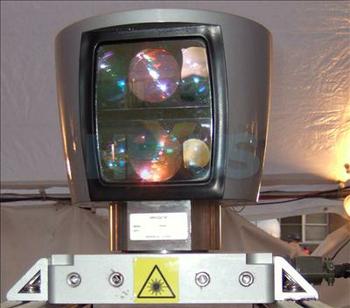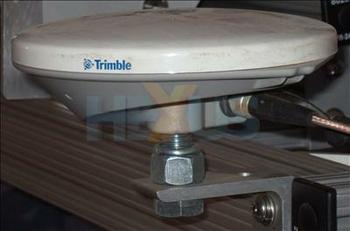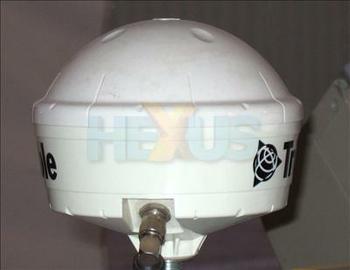Sensors - in various shapes and sizes
Only a few different types of sensor technology were used on the
vehicles run in this year's challenge. However, these do come in many
different shapes and sizes and not all vehicles use every type.
First off, there's the established old-timer, RADAR – Radio Detection and Ranging.

Then there's LIDAR - Light Detection and Ranging. This is comparable to RADAR but instead of transmitting radio waves and detecting their reflections, it uses laser pulses.




GPS is used, too, but typically paired with INS (Inertial Navigation Systems). And unlike normal GPS receivers that are single-channel and with a single antenna, the GPS units used in the race are dual-channel - to maximize signal reception.
The INS takes readings from accelerometers and gyroscopes and sometimes also a DMI (Distance Measuring Indicator) to provide short-term positioning-information for the brief moments when the GPS signal drops-out.

The Applanix POS LV is one of the more popular and feature-rich sensor systems used. It consists of the POS LV computer system (as shown on the left in the image above); a GPS receiver (shown on the right); DMI, Zephyr and dome antennas (shown in various images below); and an IMU (Inertial Measurement Unit) - not shown.

A DMI (Distance Measuring Indicator) helps to minimize drift errors during a GPS outage


In
addition, video cameras are used on
some vehicles to detect road marking and objects. More precisely, arrays
of single-vision and stereo-vision video cameras are used along with computer-vision software - and LIDAR sensors play an
allied role, too.
So, interesting kit and a great race dominated by Intel. But what of the future?
Well,
as best as we can figure, no AMD-supported car reached this
year's final, so Intel's main rival will just have to settle for having
helped Ferrari lift this season's Formula One crown!
However, we're
wondering whether AMD might be putting some resources into the next DARPA
Challenge, encouraged by the massively increased power available from
its upcoming Phenom quad-core CPUs?






